BEO5307: Global/Local Sourcing Strategies and Challenges for IKEA
VerifiedAdded on 2022/11/14
|18
|1347
|267
Report
AI Summary
This report provides a comprehensive analysis of IKEA's global and local sourcing strategies, focusing on the challenges and opportunities within its supply chain. The study examines IKEA's procurement practices, including its IWAY supplier code of conduct, and its commitment to sustainability. The methodology involves the use of secondary resources to evaluate IKEA's approach to cost-effective practices, supplier collaboration, and purchasing styles. The report benchmarks IKEA against other leading companies like Dell and Walmart, highlighting areas for improvement such as waste reduction and currency volatility management. It explores the potential of circular economy and forward contracts as strategies to overcome these challenges. The critical success factors and potential impacts on performance are also discussed, concluding with recommendations for IKEA to enhance its sustainability goals and address barriers in its sourcing operations. The report references several academic sources to support its findings.
1 out of 18
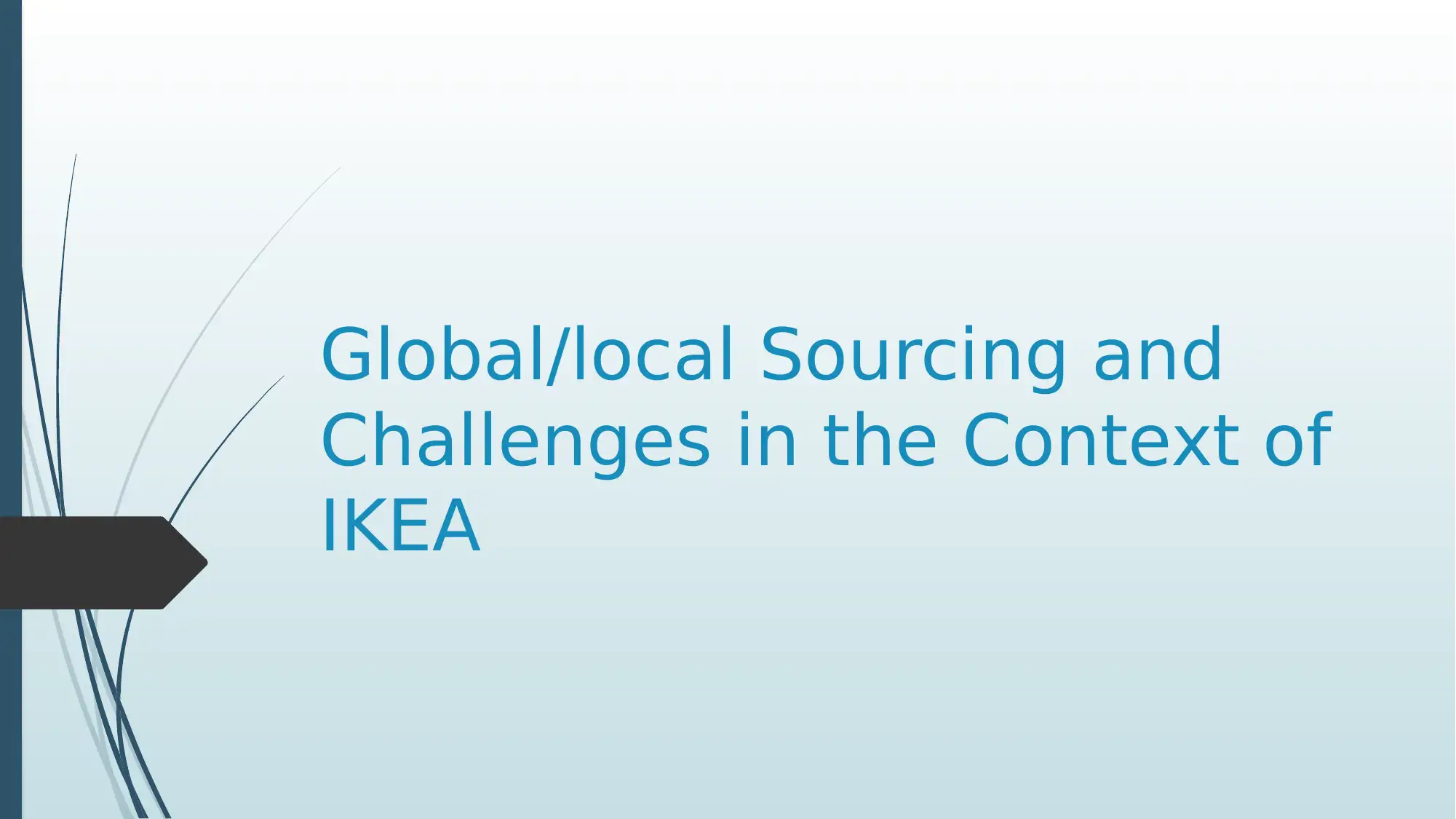
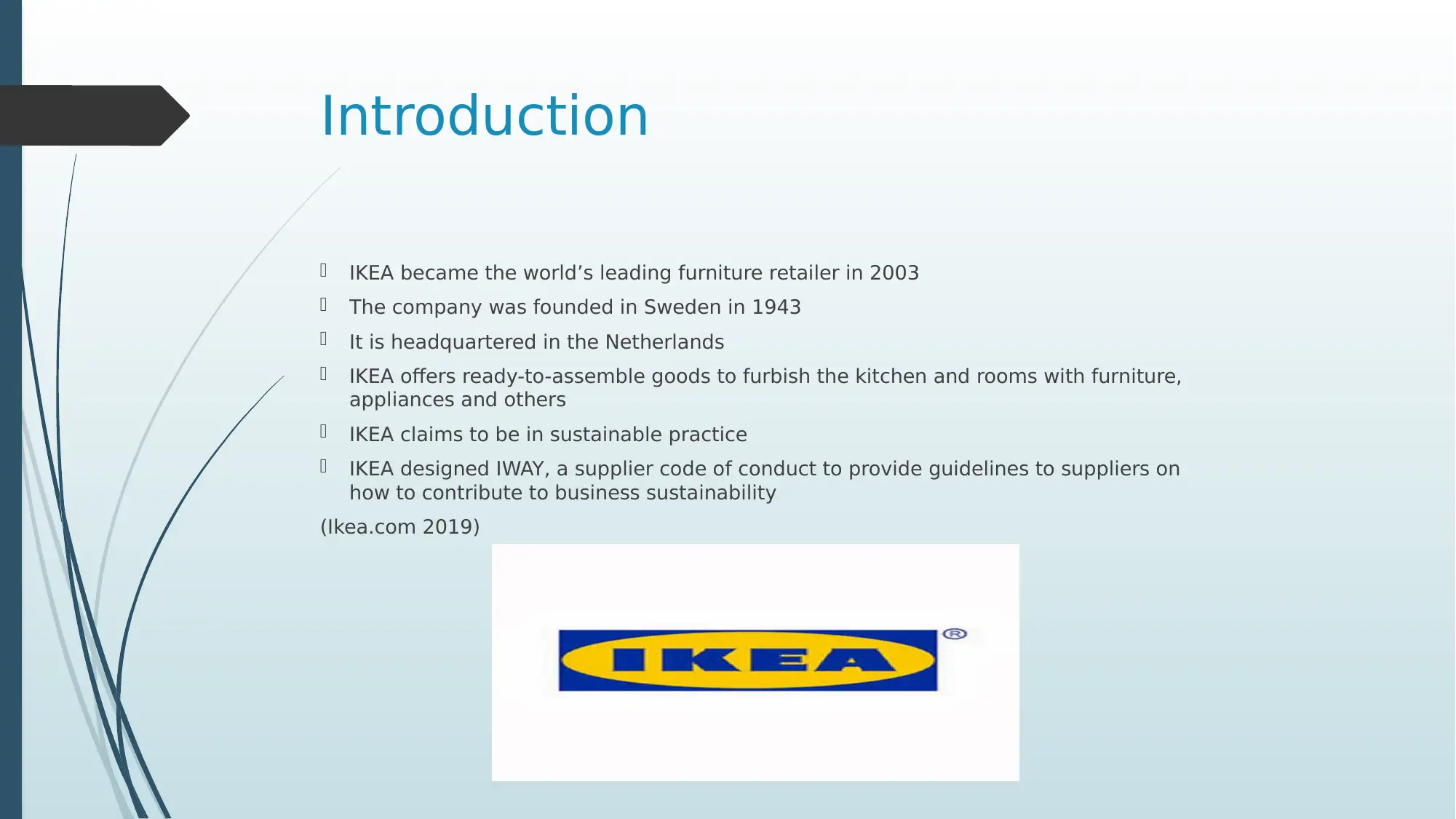
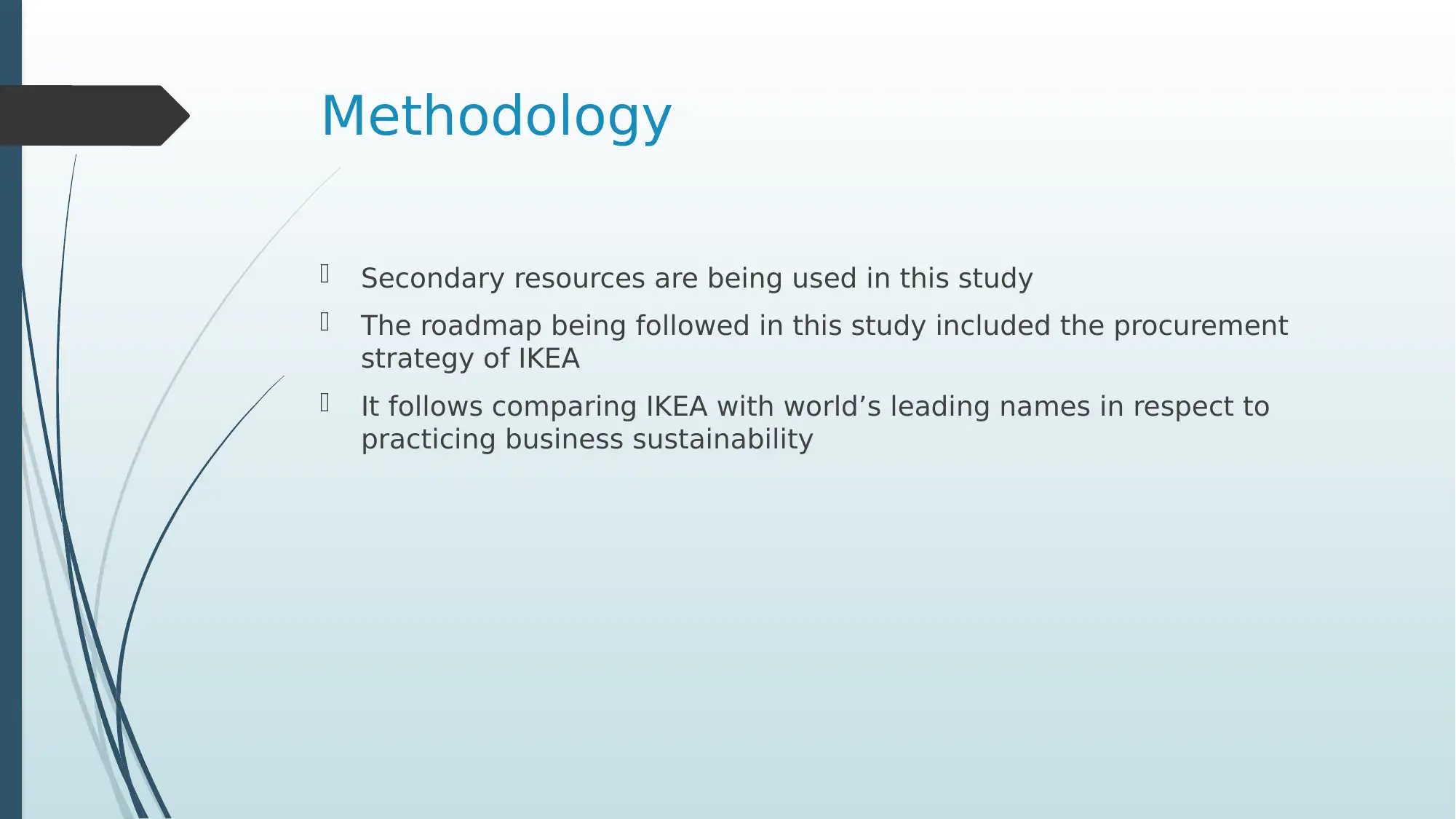

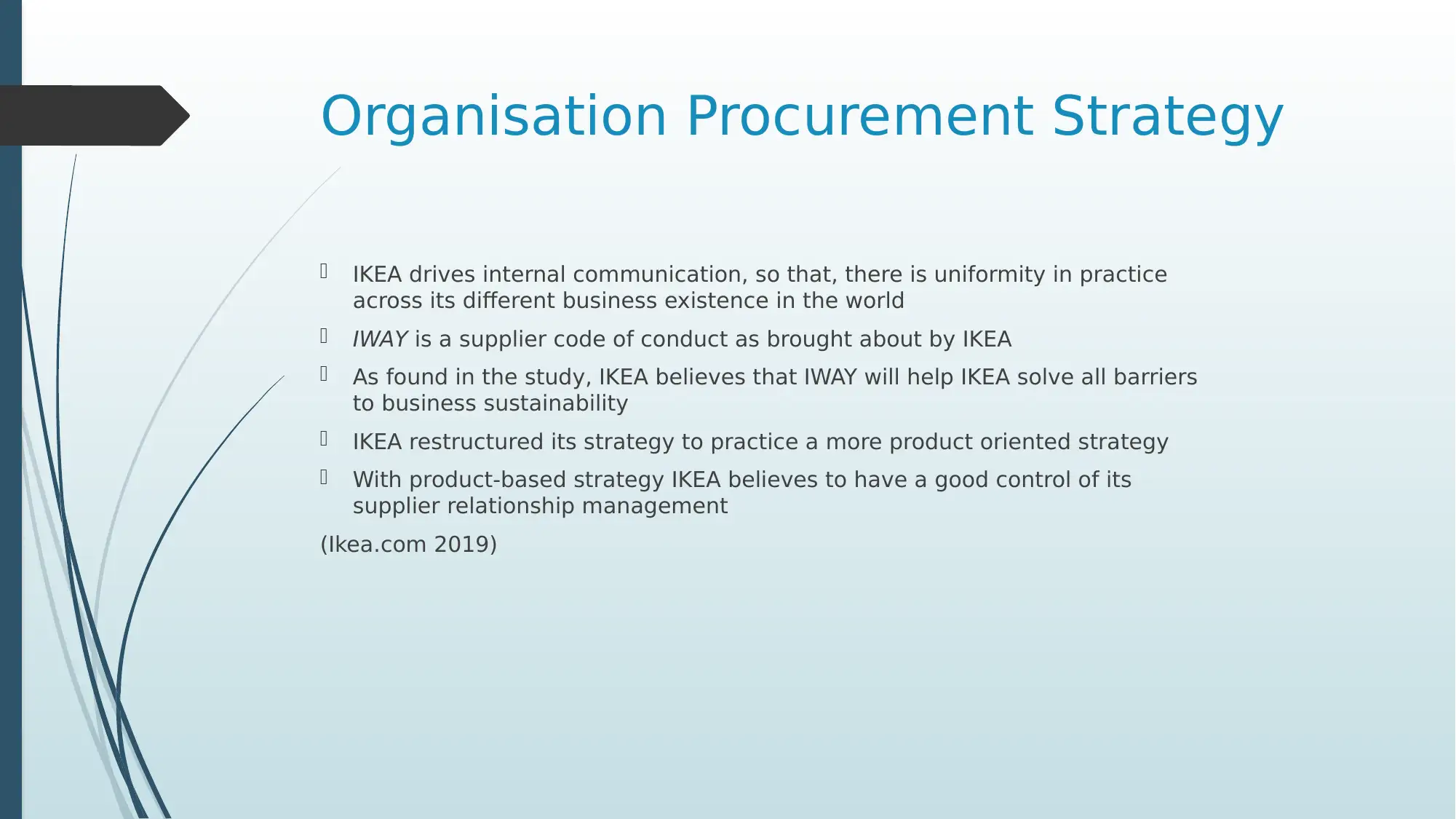
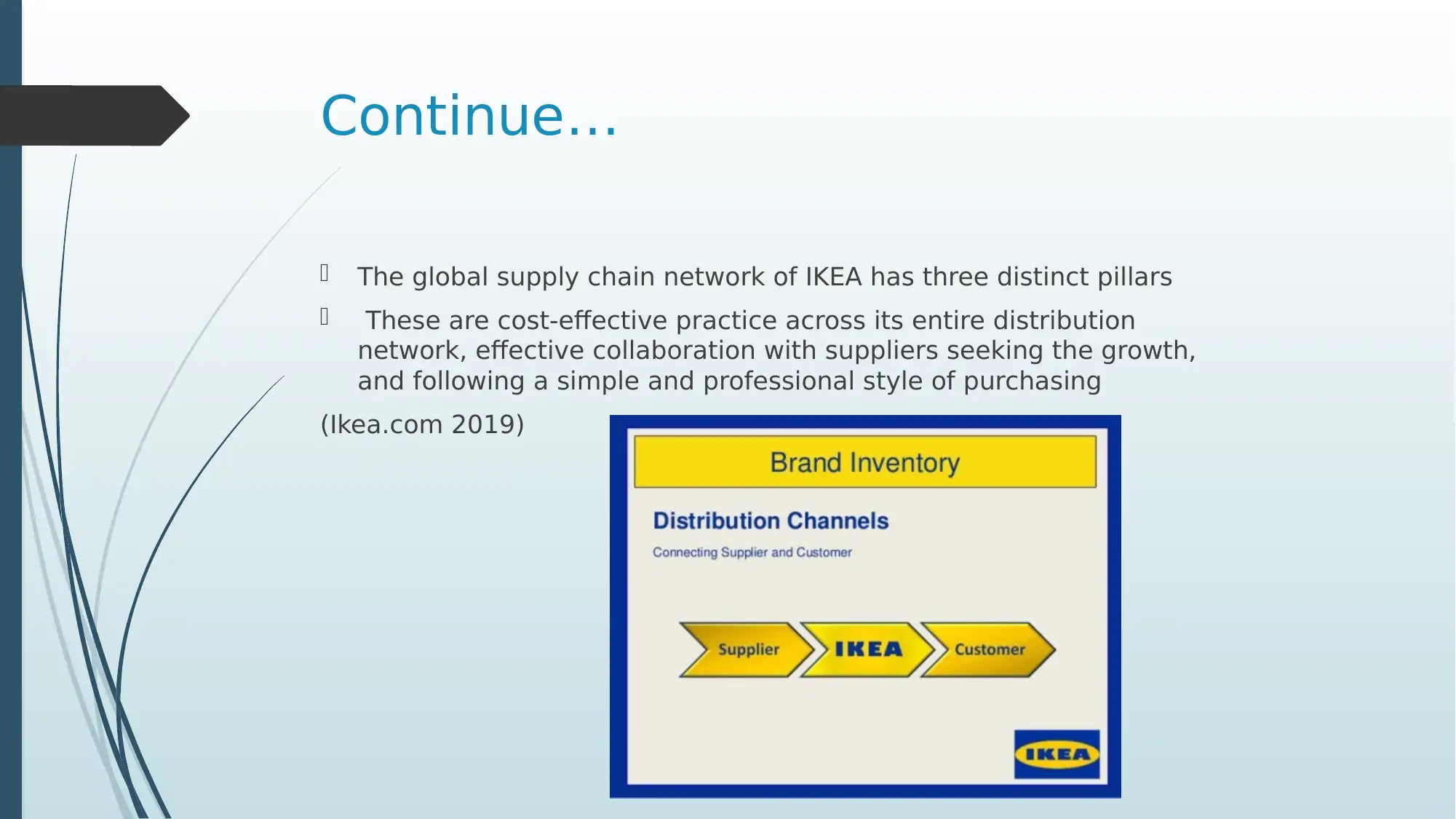
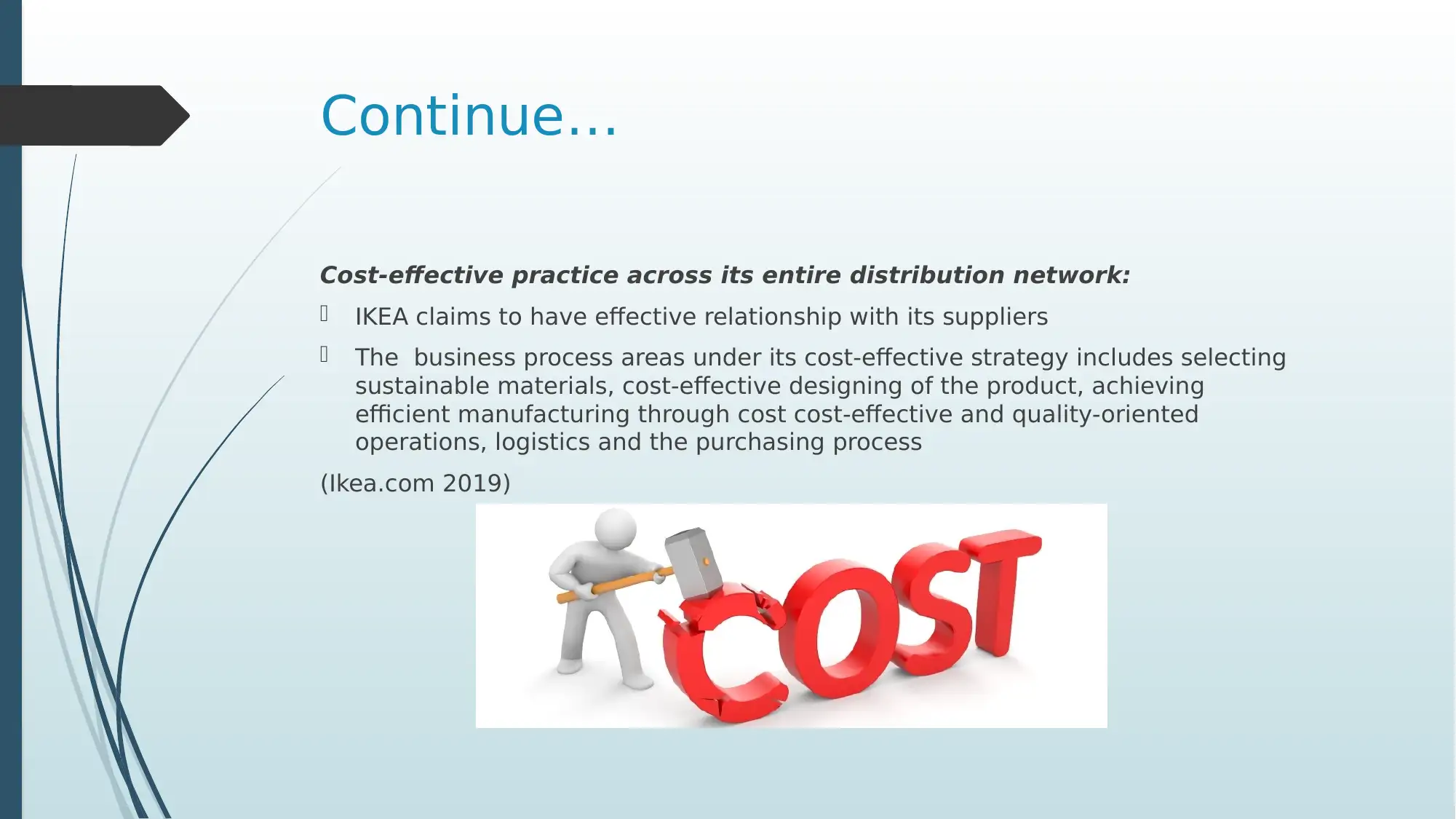
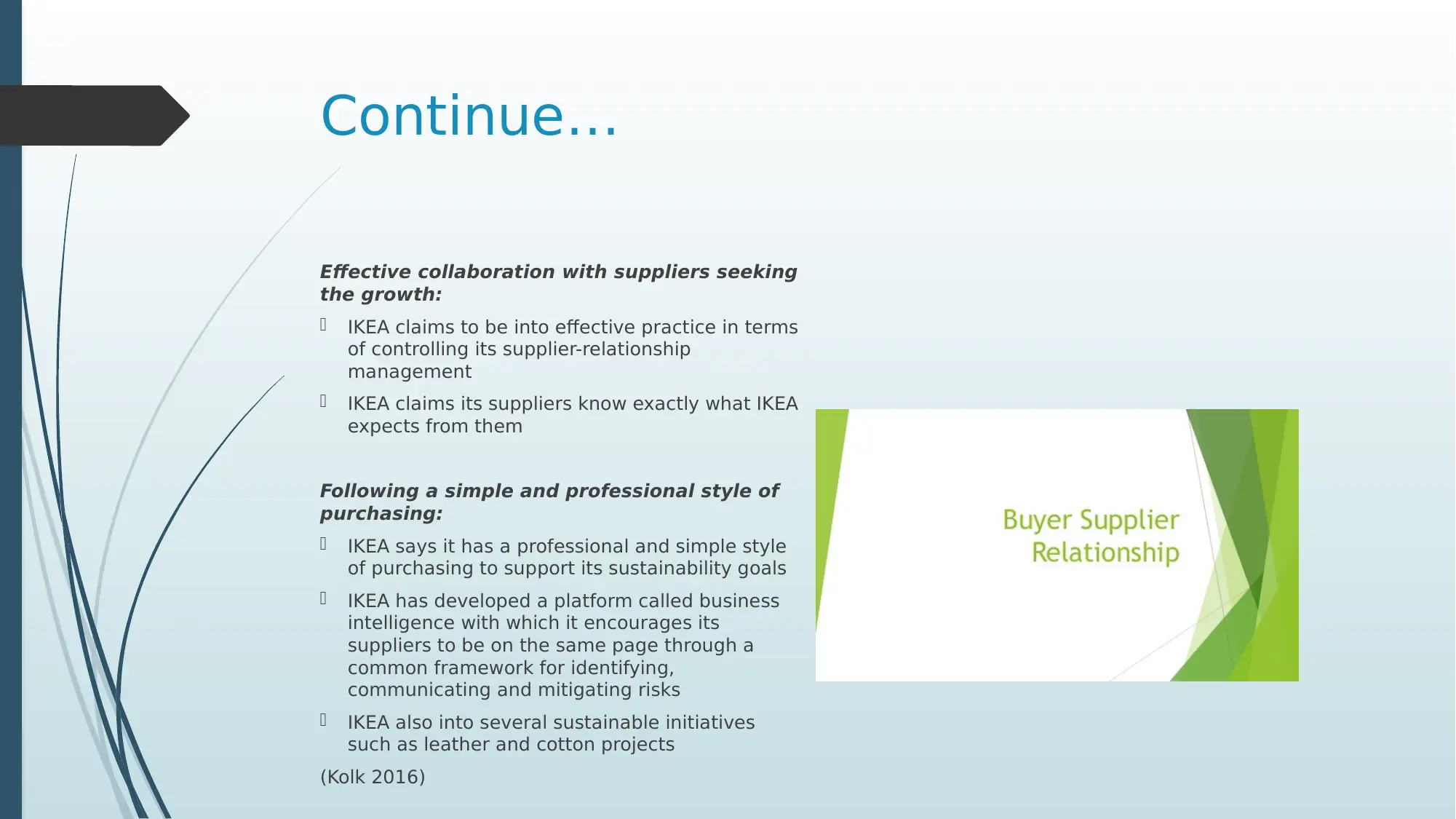
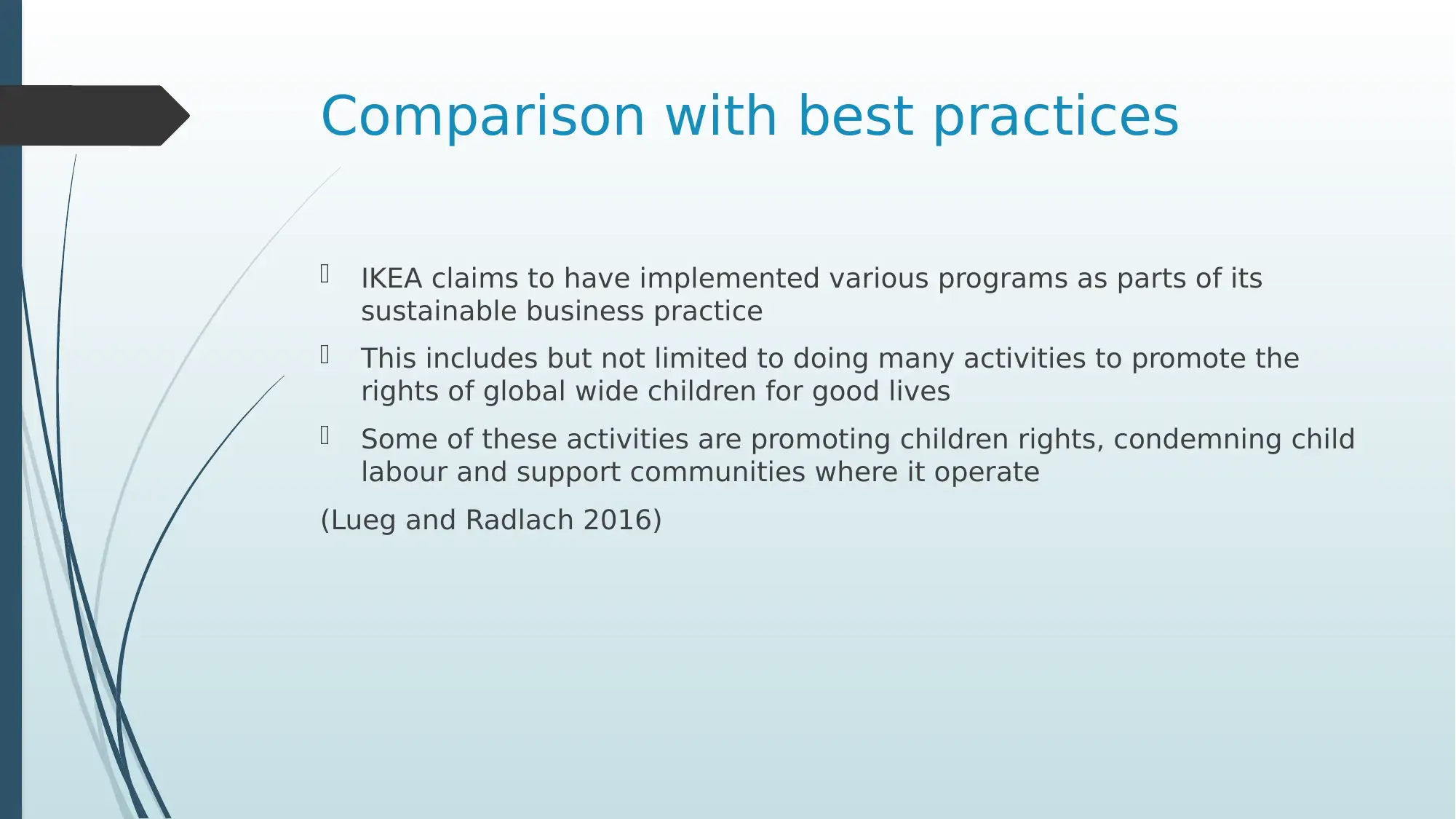
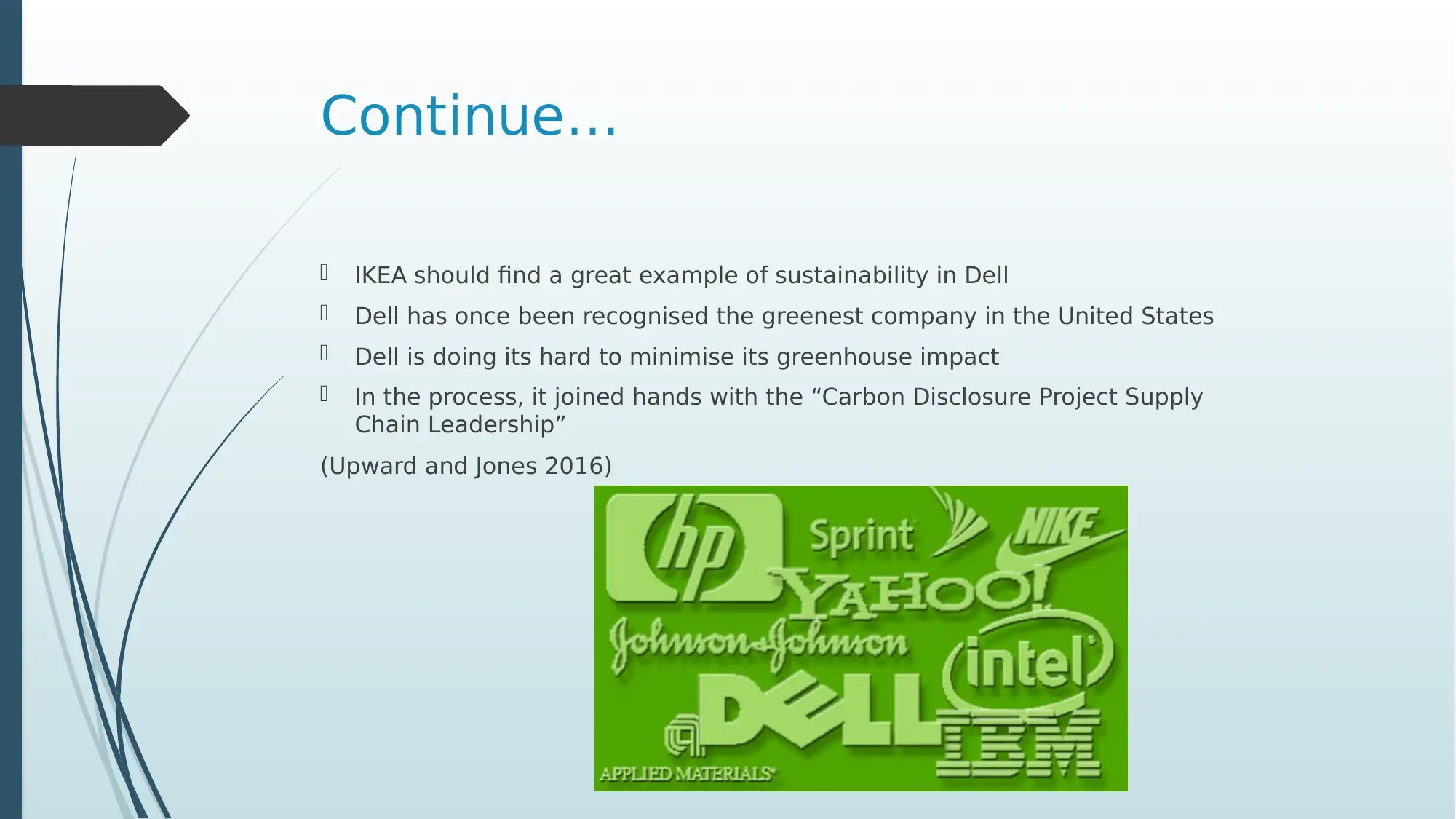
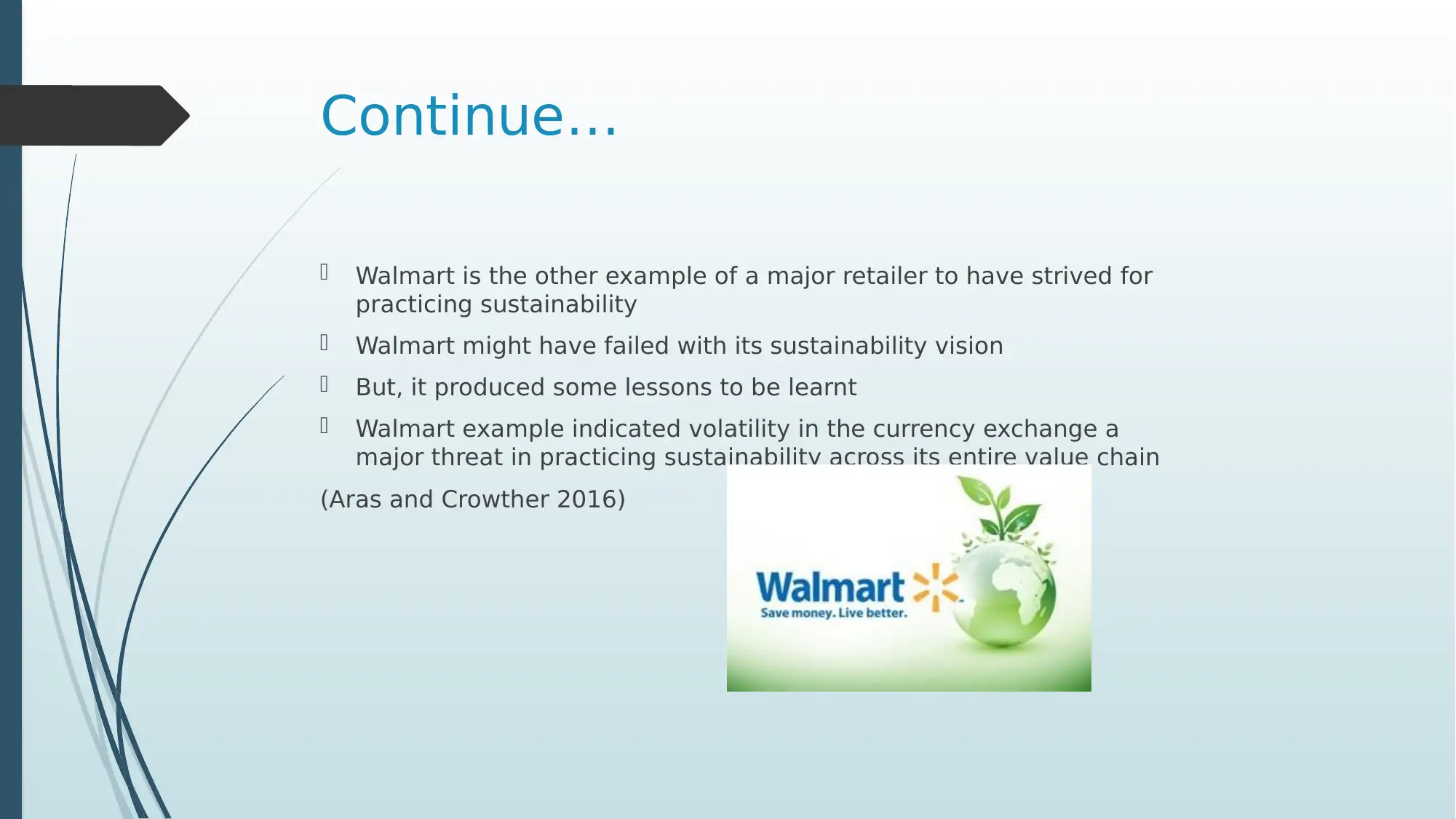
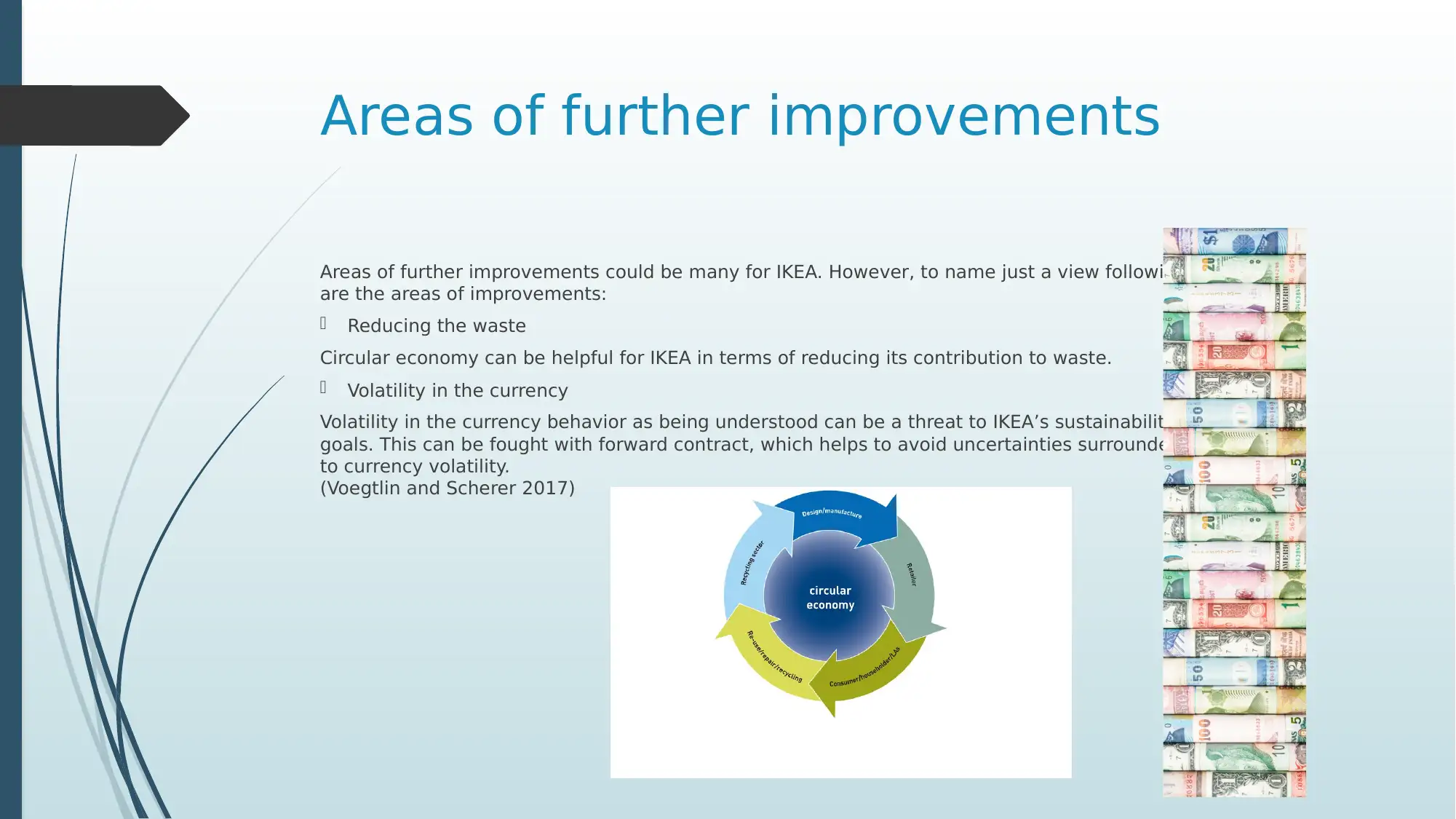
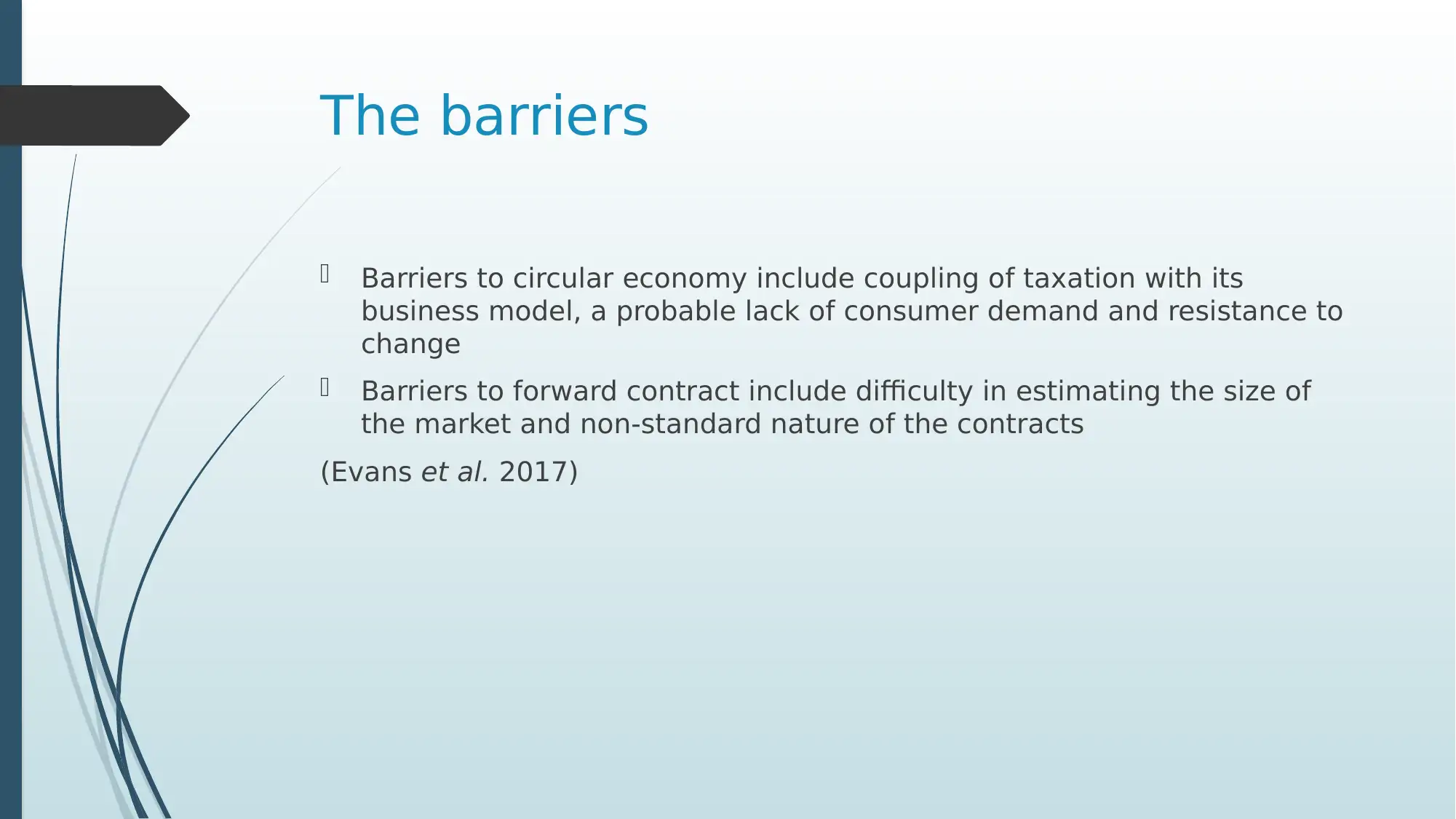





![[object Object]](/_next/static/media/star-bottom.7253800d.svg)